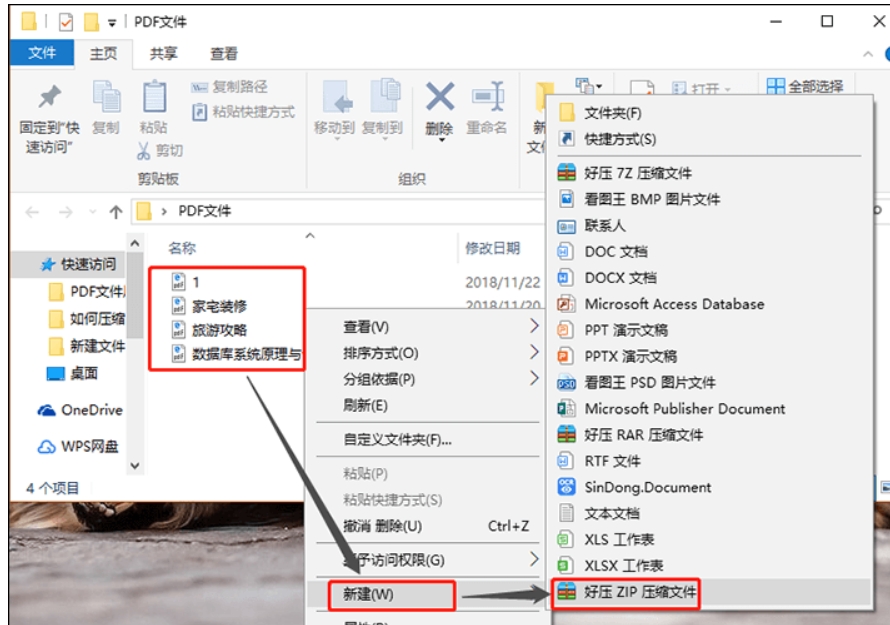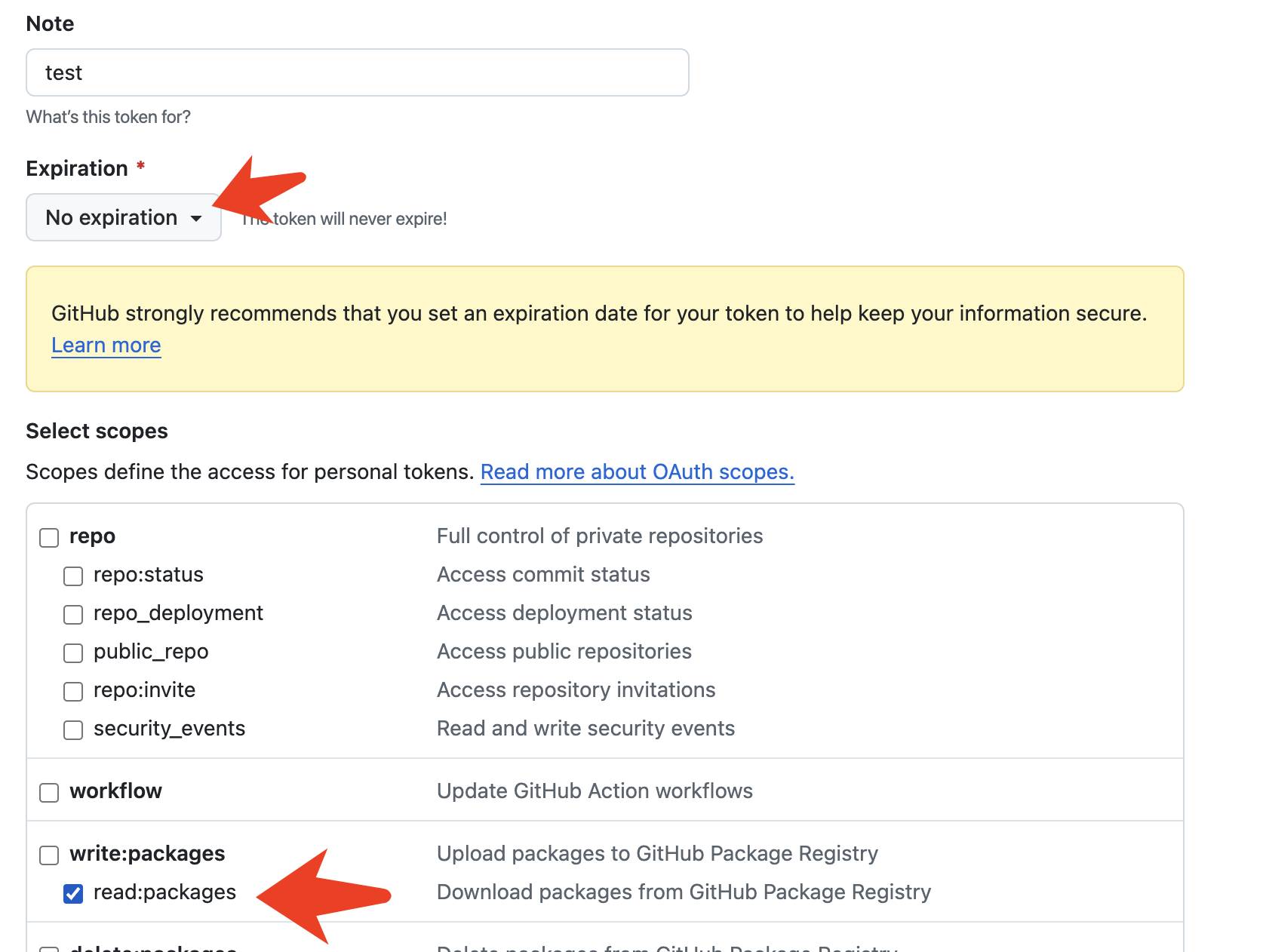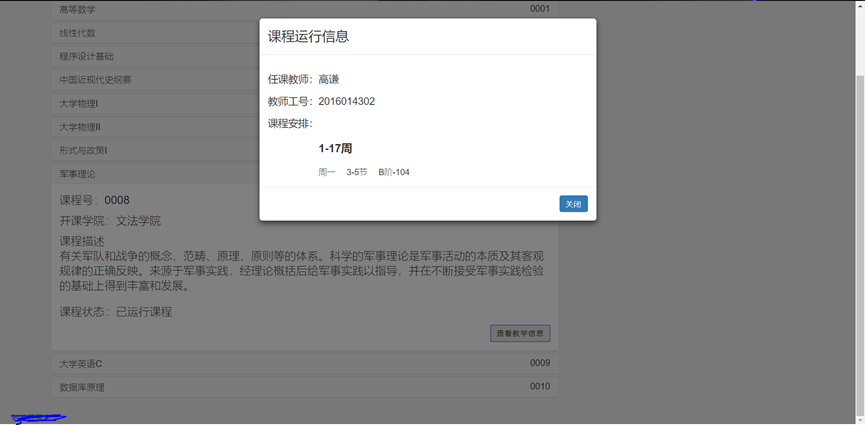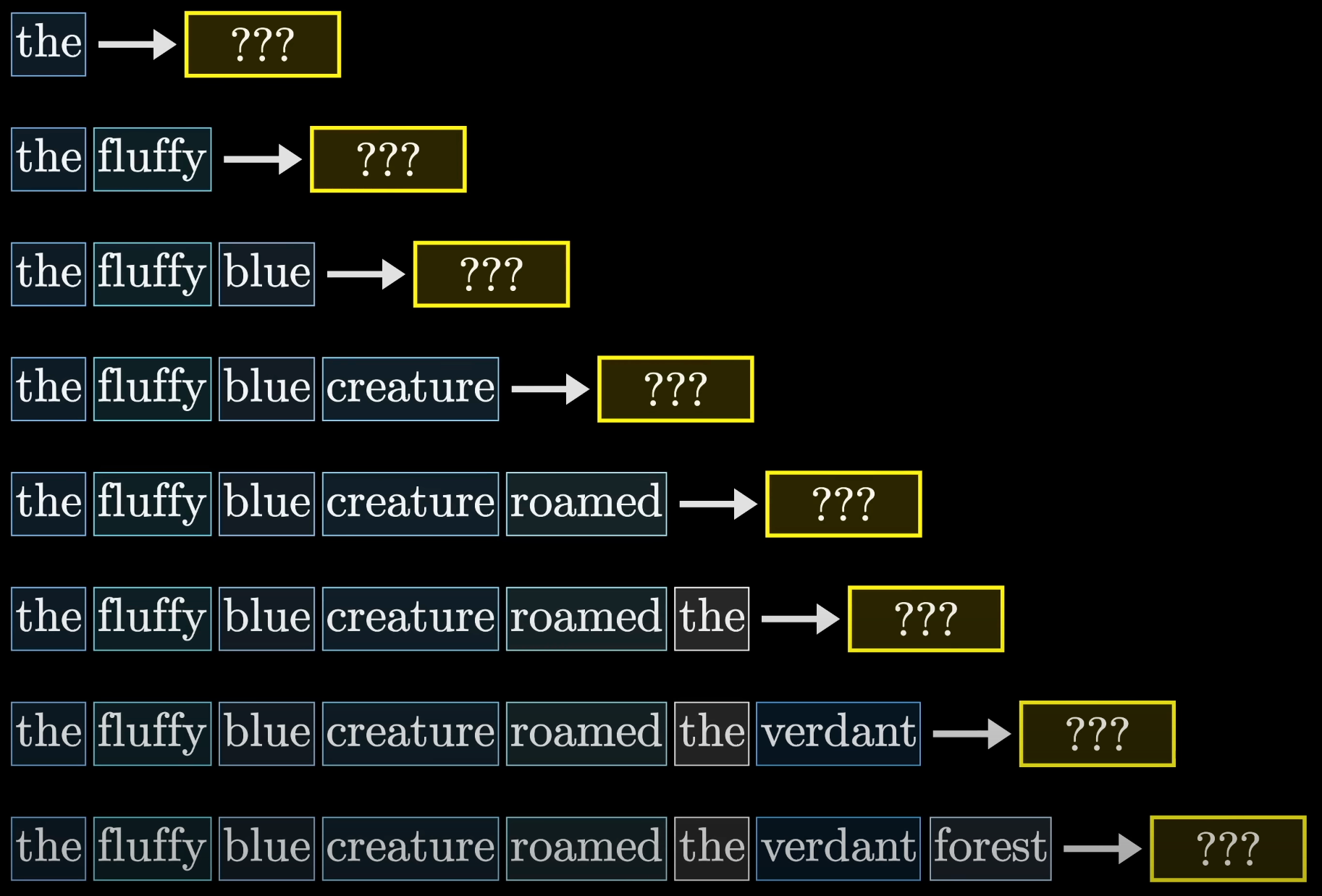1、实验内容

S4、S5分别接PB12和PB13,实验要求,按下S4,D1亮,D2灭;按下S5,D2亮,D1灭。
由于按键学习的是GPIO口的输入功能,和输出功能的配置略有区别。本次通过按键触发相应功能没有使用中断,完全是软件控制。
2、代码实现
(1)GPIO口输入功能配置-按键初始化(封装成函数)
#include "stm32f10x.h" // Device header
#include "delay.h"
void Key_Init(void)
{
/*GPIO初始化*/
GPIO_InitTypeDef GPIO_InitStructure;
GPIO_InitStructure.GPIO_Mode = GPIO_Mode_IPU;
GPIO_InitStructure.GPIO_Pin = GPIO_Pin_12 | GPIO_Pin_13;
GPIO_InitStructure.GPIO_Speed = GPIO_Speed_50MHz;
/*开启时钟*/
RCC_APB2PeriphClockCmd(RCC_APB2Periph_GPIOB, ENABLE); //开启GPIOB的时钟
GPIO_Init(GPIOB, &GPIO_InitStructure); //将PB12和PB13引脚初始化为上拉输入
}
开启GPIOB时钟,配置2个按键的输入模式为上拉输入,速度50MHz,端口初始化。
(2)读取按键键值的函数
uint8_t Key_GetNum(void)
{
uint8_t KeyNum = 0; //定义变量,默认键码值为0
if (GPIO_ReadInputDataBit(GPIOB, GPIO_Pin_12) == 0) //读PB12输入寄存器的状态,如果为0,则代表按键1按下
{
delay_ms(20); //延时消抖
while (GPIO_ReadInputDataBit(GPIOB, GPIO_Pin_12) == 0); //等待按键松手
delay_ms(20); //延时消抖
KeyNum = 1; //置键码为1
}
if (GPIO_ReadInputDataBit(GPIOB, GPIO_Pin_13) == 0) //读PB13输入寄存器的状态,如果为0,则代表按键2按下
{
delay_ms(20); //延时消抖
while (GPIO_ReadInputDataBit(GPIOB, GPIO_Pin_13) == 0); //等待按键松手
delay_ms(20); //延时消抖
KeyNum = 2; //置键码为2
}
return KeyNum; //返回键码值,如果没有按键按下,所有if都不成立,则键码为默认值0
}GPIO_ReadInputDataBit()读GPIO输入数据寄存器的某一位。这里面有个延时消抖的代码延时20ms,while (GPIO_ReadInputDataBit(GPIOB, GPIO_Pin_12) == 0);最后键值作为uint8类型的变量值返回。
(3)主函数调用Key_Init和Key_GetNum函数
#include "stm32f10x.h" // Device header
#include "delay.h"
#include "LED.h"
#include "sys.h"
#include "KEY.h"
int main(void)
{
uint8_t KeyNum;
Key_Init();
LED_Init(); //调用初始化LED函数,引用"led.h"后可使用
delay_init(); //调用初始化延迟函数,引用"delay.h"后可使用
while(1)
{
KeyNum = Key_GetNum();
if(KeyNum==1)
{
PAout(0)=0;
PAout(1)=1;
}
if(KeyNum==2)
{
PAout(0)=1;
PAout(1)=0;
}
}
}PAout(0)=0是sys.c/h里面定义的宏,就是将PA0的输出电平控制为1或0,当然还有PBin(12)宏。可以将程序改写为
int main(void)
{
Key_Init();
LED_Init(); //调用初始化LED函数,引用"led.h"后可使用
delay_init(); //调用初始化延迟函数,引用"delay.h"后可使用
while(1)
{
if(PBin(12)==0)
{
PAout(0)=0;
PAout(1)=1;
}
if(PBin(13)==0)
{
PAout(0)=1;
PAout(1)=0;
}
}
}





![[react]10、react性能优化](https://img-blog.csdnimg.cn/direct/67c64049147741939b85489caefbb597.png)













